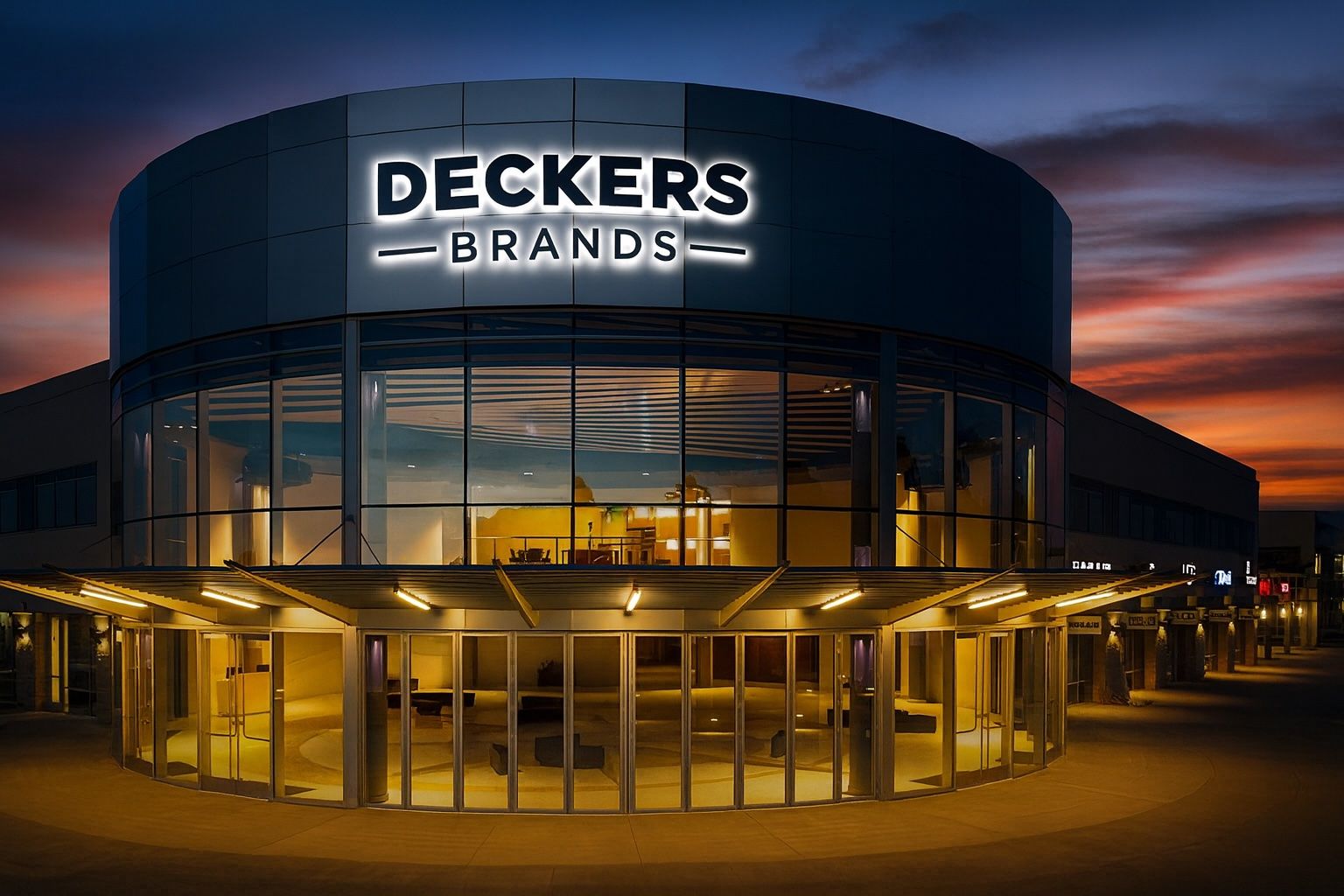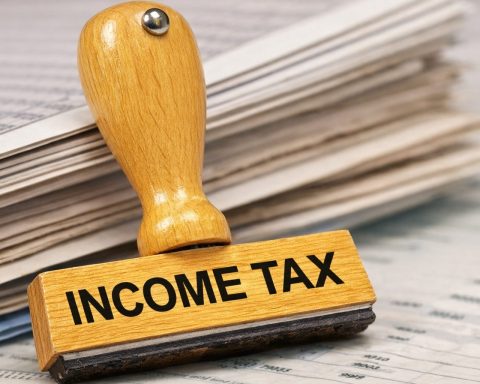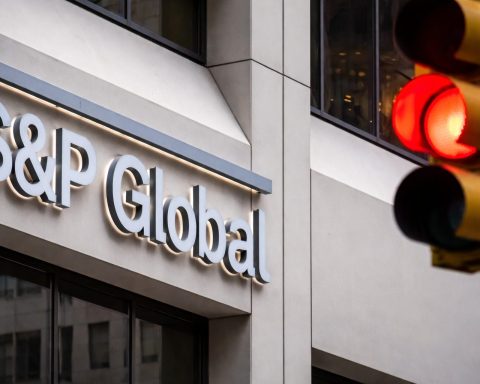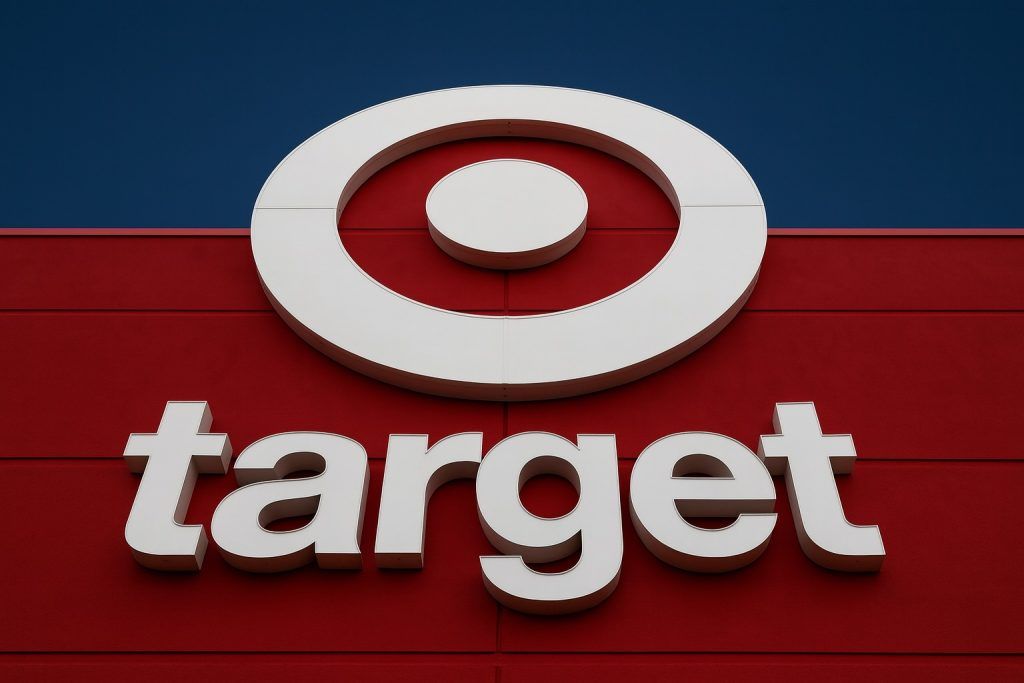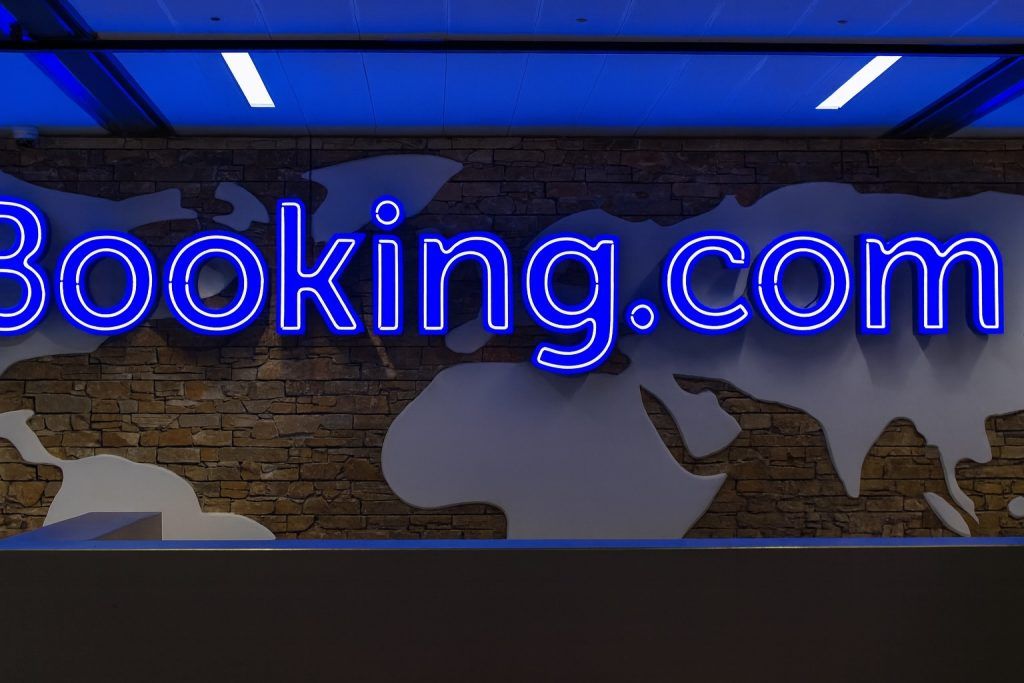- Deckers stock price: DECK closed at about $102.5 on Oct 23, 2025 [1] (up ~1.6% on the day), then plunged roughly 8–9% in after-hours trading following its earnings release [2]. Over the past year the shares have fallen ~33% [3].
- Q2 results (FY2026): EPS of $1.82 on revenue $1.431B, beating consensus ($1.58, $1.42B) [4]. Growth was driven by Deckers’ flagship brands: HOKA net sales +11.1% and UGG +10.1% [5]. (Domestic sales, however, dipped ~1.7% YOY to $839.5M [6].)
- Guidance: Full-year FY2026 sales outlook raised to ~$5.35B (vs. analysts’ ~$5.45B consensus) and EPS $6.30–$6.39 (vs. ~$6.32E) [7]. The cautious forecast – citing “rising economic uncertainty” squeezing U.S. consumers – fell short of Wall Street targets [8] [9].
- After-hours drop: The soft outlook spooked investors. DECK shares tumbled roughly 9% after-hours [10] (market sources noted a ~6% fall immediately after hours [11]). Analysts quickly trimmed their outlooks: e.g. Jefferies cut its 12‑month price target to $107 (from $114, hold rating) [12].
- Market context: Other apparel peers have fared better. Nike (NKE) shares jumped ~4.5% recently after strong sales and inventory improvements [13]. Adidas likewise raised profit guidance, having mitigated some tariff costs [14]. Meanwhile, analysts say broad macro headwinds – inflation, trade tariffs and consumer caution – are weighing on retailers [15]. U.S. markets generally expect the Fed to start cutting rates soon [16], which could eventually support consumer spending and stocks.
Stock Performance & Price Movements
Deckers stock had been trading in the low-$100 range before earnings. On Oct. 23 the shares closed at $102.53 [17]. This slight uptick followed several days of volatility (ranging roughly $99–$103). However, the real move came after the report: after-hours trading on Oct. 23 saw DECK slide ~9% to around $94 [18], erasing much of the week’s gains. This sharp drop reflects investor alarm at the soft guidance. (For context, the stock is down about 32–33% over the past 12 months [19].)
Q2 Earnings and Guidance
Deckers reported strong Q2 results, reflecting continued brand momentum. Revenue grew 9.1% YOY to $1.431 billion, and EPS rose 14% to $1.82 [20] [21] – both comfortably above analyst estimates. Growth was broad-based: HOKA sales jumped 11.1% and UGG 10.1% [22], driven by international demand and new product launches. (Even its smaller brands saw stabilizing sales, as Koolaburra winds down.)
Despite the beat, management’s full-year outlook proved conservative. Deckers raised FY2026 sales guidance only to about $5.35 billion (versus Street expectations near $5.45B) and pegged EPS at $6.30–$6.39 (versus roughly $6.32E) [23]. The company explicitly cited “rising economic uncertainty” that has “squeezed consumer wallets,” particularly in the U.S. market [24]. In fact, Deckers said its domestic wholesale and retail channels were starting to soften (wholesale grew double-digits overseas but U.S. comps slowed). Domestic net sales were down 1.7% year-over-year in Q2 [25], underscoring the consumer pullback.
Analyst Commentary and Stock Reaction
Analysts quickly pivoted to the cautious outlook. In after-hours and next-day trading, commentators noted that Deckers had beaten the quarter but the guide disappointed. As a result, price targets were slashed across the board. For example, Jefferies cut its 12-month target from $114 to $107 (maintaining a Hold) [26]. Bernstein just started coverage at Underperform (target $100) in mid-October, citing tough comparisons and margin pressure. TD Cowen and UBS also trimmed their targets in recent weeks.
Investors reflected this caution: by the end of the session on Oct. 23, DECK had given back most gains. From closing at $102.54, after-hours trading saw it dip into the mid-$90s [27]. (Even the Marketscreener snapshot shows an intraday close of $102.54 and an after-hours low around $93 [28].) In sum, short-term sentiment is negative: the post-earnings drop suggests traders are moving to the sidelines.
Market and Competitor Trends
Deckers’ outlook must also be viewed in the broader retail context. Many peers have managed better-than-feared results in late 2025. For instance, Nike (NKE) recently reported a revenue beat and said it is clearing old inventory. Nike’s stock jumped about 4.5% on Oct. 1 after inventories were slashed [29]. Nike cited double-digit growth in running and basketball shoes, helping offset tariff-related costs. Similarly, Adidas – dealing with the same import duties – actually raised its full-year profit forecast on Oct. 23, stating it had largely offset the higher U.S. tariffs through price and cost actions [30].
By contrast, Deckers is warning of slowing demand. Wall Street notes that higher tariffs and inflation are squeezing retailers’ margins, so Deckers’ cautious stance isn’t unique. Analysts point out that consumers are becoming more selective, with spending tilted toward essential or higher-end items. To offset this, Deckers is leaning on its growth engines (HOKA’s popularity in running and international markets, UGG’s global appeal). It also boasts a strong balance sheet (over $1.4B cash, no debt) and a large stock buyback program remaining. These strengths may underlie some optimism for long-term investors.
Broader market forces may soon become supportive. U.S. Fed futures now price in over a 95% chance of a rate cut at the Oct 29 meeting [31]. Looser monetary policy and easing inflation could eventually boost consumer discretionary spending. If rates fall as expected, companies like Deckers might see costs ease and demand recover in 2026.
Outlook and Investor Sentiment
For now, investor sentiment on Deckers is cautious. The consensus among analysts is largely neutral to cautious – many have “Hold” or “Neutral” ratings, and several price targets have been cut into the high-$100s. The company’s strong brand momentum (UGG and HOKA each growing double-digits [32]) and financial health argue for eventual upside, but the stock may remain volatile. Key factors going forward include: whether U.S. demand stabilizes, how the holiday season unfolds, and when macro pressures (rates, tariffs, consumer confidence) begin to ease. If Deckers can resume revenue growth or if the macro environment improves, the beaten-down stock could rebound. As one analyst put it, Deckers’ current valuation (~15–17× expected 2026 earnings after the drop) already prices in significant uncertainty. Investors will watch the next quarters closely to see if the premium brands can defy the headwinds.
Sources: Deckers’ filings and press releases [33] [34]; Reuters market reports [35] [36] [37] [38]; earnings news from Investing.com [39] [40] and Marketscreener [41]; TS2.tech market analysis [42]. Each source is linked inline.
References
1. www.investing.com, 2. in.investing.com, 3. www.investing.com, 4. in.investing.com, 5. www.businesswire.com, 6. in.investing.com, 7. www.investing.com, 8. www.marketscreener.com, 9. www.marketscreener.com, 10. in.investing.com, 11. www.marketscreener.com, 12. www.marketscreener.com, 13. www.reuters.com, 14. www.reuters.com, 15. www.marketscreener.com, 16. ts2.tech, 17. www.investing.com, 18. in.investing.com, 19. www.investing.com, 20. www.businesswire.com, 21. in.investing.com, 22. www.businesswire.com, 23. www.investing.com, 24. www.marketscreener.com, 25. in.investing.com, 26. www.marketscreener.com, 27. in.investing.com, 28. www.marketscreener.com, 29. www.reuters.com, 30. www.reuters.com, 31. ts2.tech, 32. www.businesswire.com, 33. www.businesswire.com, 34. www.investing.com, 35. www.marketscreener.com, 36. www.marketscreener.com, 37. www.reuters.com, 38. www.reuters.com, 39. in.investing.com, 40. in.investing.com, 41. www.marketscreener.com, 42. ts2.tech
